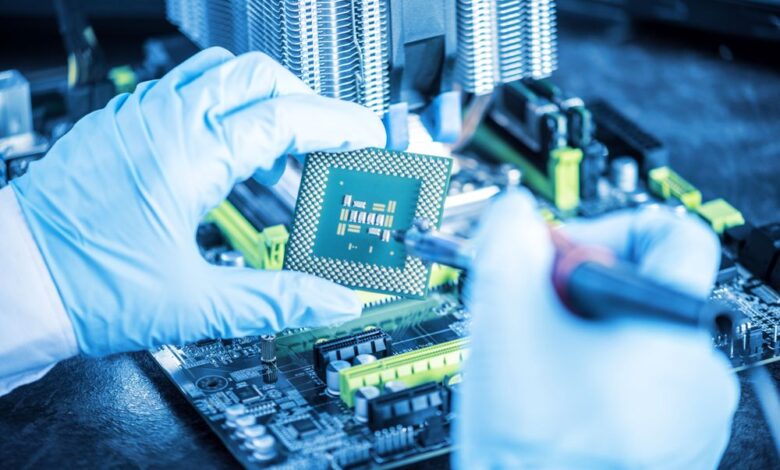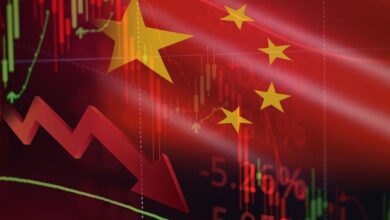Semiconductor Industry Navigates Post-Pandemic Demand and Supply Dynamics

The semiconductor market has been a focal point of the digital transformation era, with its components being integral to a myriad of technologies ranging from smartphones to healthcare systems. The industry, which traditionally operated on a just-in-time inventory system, faced unprecedented challenges during the pandemic. A global shortage ensued as supply chains were disrupted and demand for electronic devices surged due to a shift towards an online world.
The industry has shown resilience. Companies have ramped up their utilization from roughly 80% pre-pandemic to 95% in an effort to meet the increased demand. The Semiconductor Industry Association reports a 22% decrease in chip sales in 2023 compared to the previous year, with global sales in April 2023 amounting to $40 billion—a slight increase from March 2023, but a stark contrast to the $50.9 billion reported in April 2022. Sales have seen an uptick in China and Japan, while other regions, including Europe, Asia, and America, have experienced declines.
The current slowdown, the World Semiconductor Trade Statistics (WSTS) forecasts a robust recovery for the industry in 2024, with an expected market growth of nearly 12%. This optimistic outlook is driven by the Memory segment, which is projected to see a 40% increase over the year. The semiconductor market’s growth trajectory is further supported by the expanding reliance on the internet-of-things, with sectors such as automotive, artificial intelligence, machine learning, and cloud computing fueling the demand for integrated chips.
In a recent survey by KPMG, which included over 150 executives from the semiconductor sector, 81% anticipate revenue growth as supply chain issues begin to ease in 2023. Mark Gibson, the Global Sector Head of Technology, Media & Telecommunications at KPMG International, interprets this expectation as a sign of the industry nearing a point of excess inventory, which he views as a positive development for the resolution of supply constraints.
Gartner’s analysis complements this view, indicating that while the demand for consumer electronics like computers and smartphones is stabilizing, increased business spending is anticipated in the industrial, automotive, and military sectors.
The semiconductor industry has navigated through a period of significant disruption and is now poised for a period of recovery and growth. The challenges of the pandemic have led to increased capacity utilization and a focus on resolving supply chain issues. With the anticipated increase in demand across various sectors, the industry is preparing to meet the needs of a digitally transforming world. The resilience and adaptability demonstrated by the semiconductor market underscore its critical role in the global economy and its capacity to overcome adversity.



